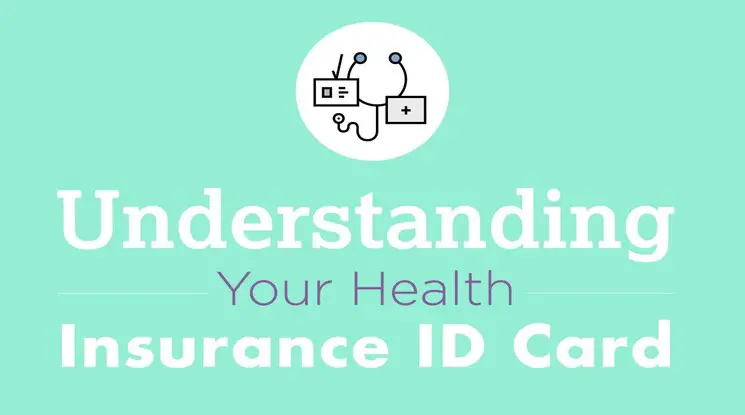In the complex world of insurance, understanding the information on your insurance card is crucial. One key element that often leaves policyholders puzzled is the policy number. What exactly is a policy number, and how does it work? In this in-depth guide, we will discuss the mysteries surrounding policy numbers, shedding light on their significance, structure, and the frequently asked questions that accompany them.
What is a Policy Number?
At its core, a policy number is a unique identifier assigned to your insurance policy. Think of it as the DNA of your coverage a distinct alphanumeric code that distinguishes your policy from others. This number is the linchpin for accessing information about your coverage and ensuring smooth communication between you, your insurer, and healthcare providers.
Structure of a Policy Number
Policy numbers are not randomly generated; they follow a structured format that varies among insurers. However, common elements can be identified in most policy numbers:
Prefix:
- Many policy numbers begin with a prefix that signifies the type of insurance or the company itself. For instance, an auto insurance policy might start with “AU” or “CAR,” while a health insurance policy could have a prefix like “HI” or “MED.”
Numeric Digits:
- The core of the policy number usually consists of numeric digits. This section is unique to each policyholder and serves as the primary identifier.
Suffix:
- Some policies include a suffix, often denoting the plan or coverage level. For example, a family health insurance plan might have a suffix like “FAM,” while an extended auto coverage could be denoted by “EXT.”
How It Works
Identification:
- When you present your insurance card, the policy number is the key element that identifies your specific coverage among the multitude of policies the insurer manages.
Database Access:
- The policy number acts as a gateway to the insurer’s database, where details about your coverage, claims, and other relevant information are stored. This facilitates quick verification and processing of claims.
Communication Tool:
- In the healthcare sector, the policy number is crucial for healthcare providers to bill the insurer directly. It ensures a seamless flow of information between the provider, insurer, and the policyholder.
Policy Updates:
- If you make changes to your policy, such as updating coverage or adding beneficiaries, the policy number remains constant. It serves as the thread connecting past, present, and future iterations of your coverage.
Frequently Asked Questions (FAQs)
Q1: Can I find my policy number on my insurance card?
Yes, your policy number is prominently displayed on your insurance card. Look for a series of numbers and letters, often near the top, labeled as “Policy Number” or a similar heading.
Q2: Is the policy number the same as the group number?
No, the policy number and group number are distinct. The policy number identifies your individual coverage, while the group number is associated with group insurance plans, typically provided through employers. Group numbers are used to identify a specific set of policies under the same group plan.
Q3: Can I change my policy number?
No, the policy number is a unique identifier assigned to your specific coverage. It remains constant throughout the life of your policy. If you make changes to your coverage, the adjustments are usually linked to your existing policy number.
Q4: How do I use my policy number when filing a claim?
When filing a claim, you will be required to provide your policy number along with details about the incident. This information is crucial for the insurer to locate your policy in their system and initiate the claims process.
Q5: What should I do if I lose my insurance card?
If you lose your insurance card, contact your insurance provider immediately. They will guide you on obtaining a replacement card and may provide you with your policy number over the phone or through secure online channels.
Conclusion
Understanding your policy number is a fundamental aspect of navigating the complexities of insurance. As the key to unlocking information about your coverage, the policy number empowers you to access benefits, file claims, and communicate effectively with your insurer. By grasping the structure and functionality of this unique identifier, you are better equipped to make informed decisions and ensure the smooth operation of your insurance coverage.




